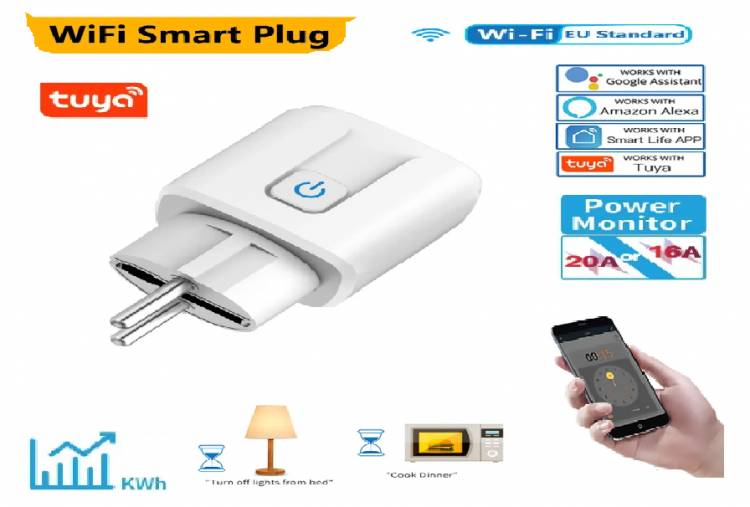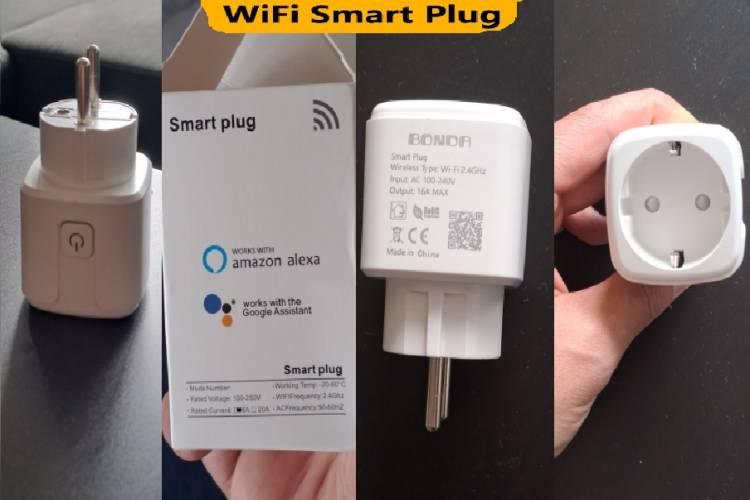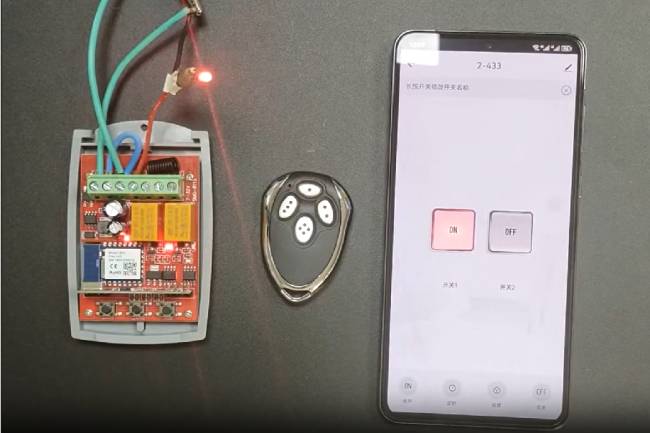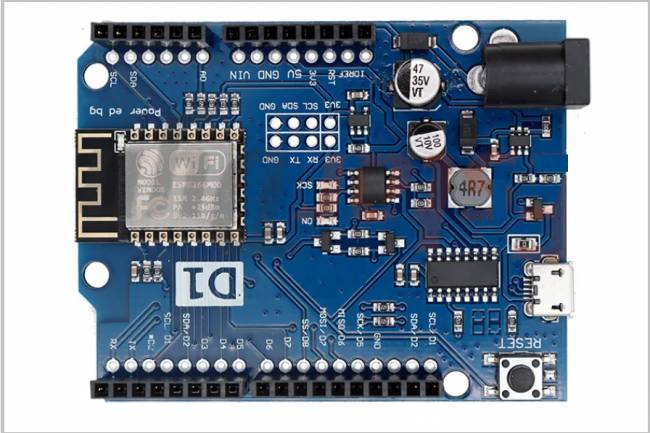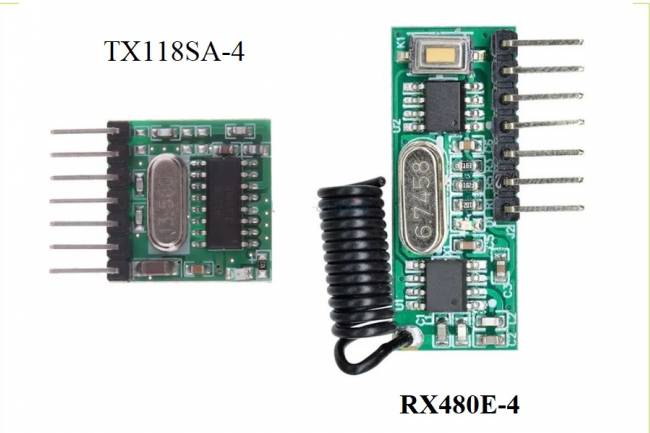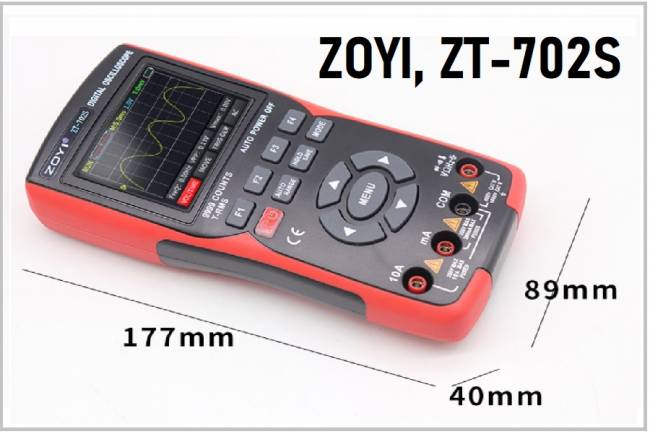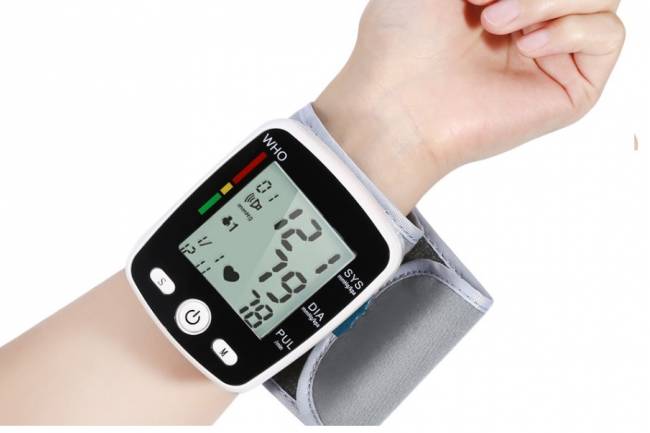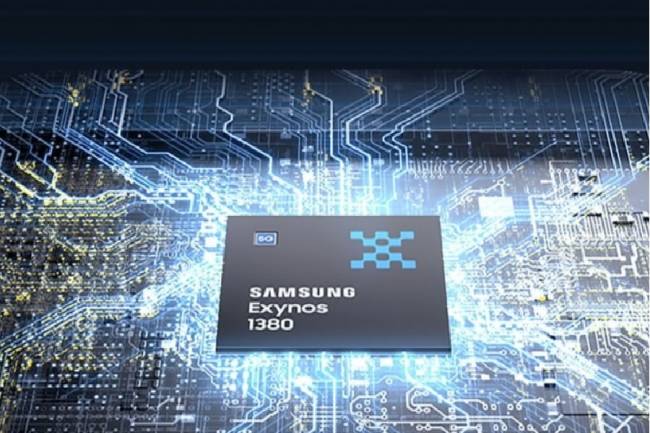What is Wifi Smart Plug?
Connected home technologies are constantly evolving to make everyday life easier and our homes smarter. Finally, with the introduction of 220 volt wifi smart plugs, users will have more control. These new smart plugs aim to save energy by offering remote management and scheduling features of home appliances.
220 volt wifi smart plugs allow users to control electronics in their home via their smartphone or other internet-connected device, while also providing data to monitor and optimize energy consumption. In this way, users can perform operations such as turning on and off the lighting systems, electric heaters or other devices in the home, making timing settings or checking their status through an application on their mobile phones.
The energy saving potential of these smart plugs stands out as a huge advantage. Users can reduce energy consumption by making settings such as turning off devices when they are not at home or having them turn off automatically at certain times. In addition, users can also deal with situations such as turning off forgotten devices or turning them on at a certain time, thanks to the remote control feature. With the increasing use of 220 volt wifi smart plugs, our homes are becoming more energy efficient and smartly manageable.
Mobil Phone applications to manage smart plugs:
- Tuya Smart / Smart Life
- Amazon Alexa
- Google Home
- Apple HomeKit
- Samsung SmartThings
- Xiaomi Mi Home
- TP-Link Kasa
- Wemo
- Meross
- eWeLink
- LIFX
- Hive Home
- IKEA Home Smart
- SmartThings Classic
- BroadLink
Key features of smart plug:
1. Input voltage: 100-240V 50/60HZ
2. Maximum current: 20A
3. Monitoring power statistics
4. ABS + PC fireproof material
5. Features: EU plug
6. Working temperature: -20°C-50°C
7.Wifi type: 2.4GHZ 802.11b/g/n
8. Network security level: WPA/WPA
9- Protection Class: IP20
Note:
What is IP20 Class?
IP (Ingress Protection) class is a standard that determines the resistance of electrical devices or electrical equipment against external factors such as water and dust. The IP classification is expressed by a two-digit number that indicates how much protection the device has.
IP class represents the first digit "water protection" and the second digit "dust protection". The value of each digit can be between 0 and 6. The higher the value of the two digits, the better the device has water and dust protection.
While the IP20 class refers to the dust protection of a device, it indicates that it does not provide any protection against water. A device with IP20 class has 2nd level dust protection, that is, it provides protection against dust that cannot be penetrated by fingers. However, it does not offer protection against water.
For example, an indoor luminaire may have an IP20 rating. This fixture can prevent dust penetration, but is not protected against splashes or exposure to water.
